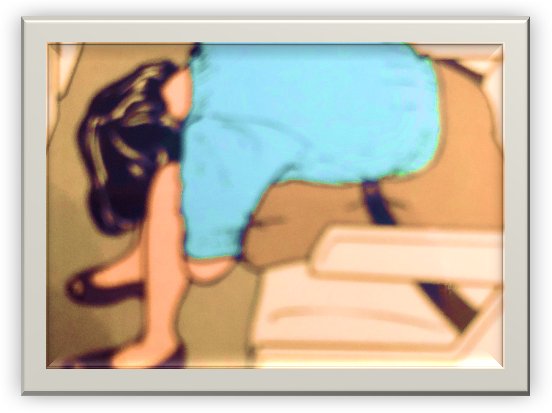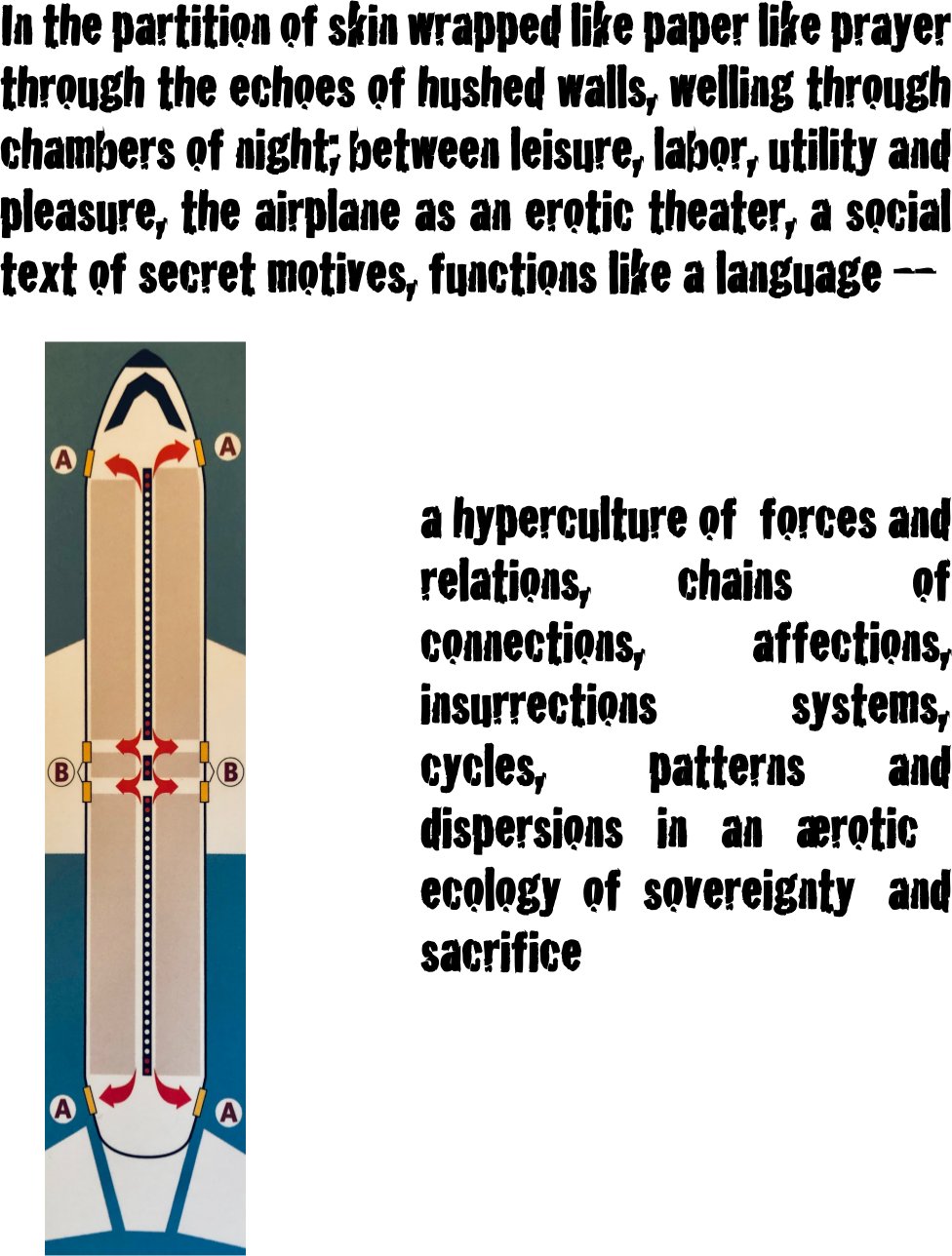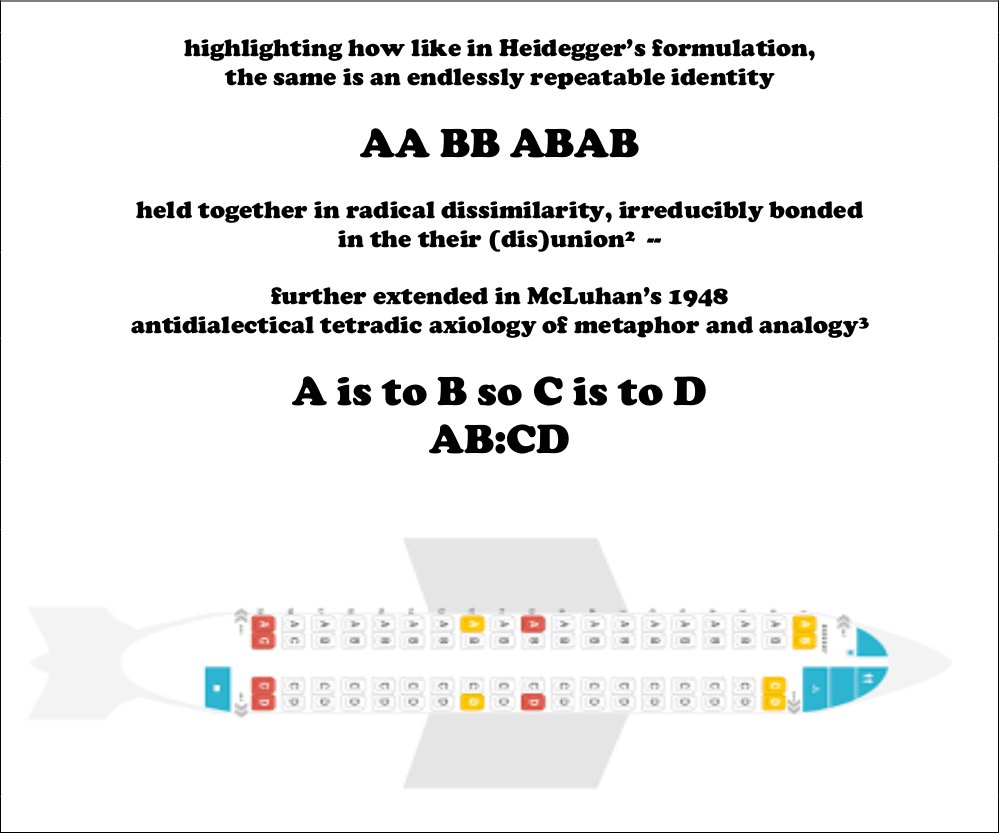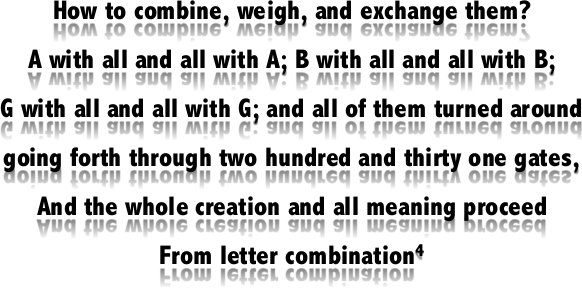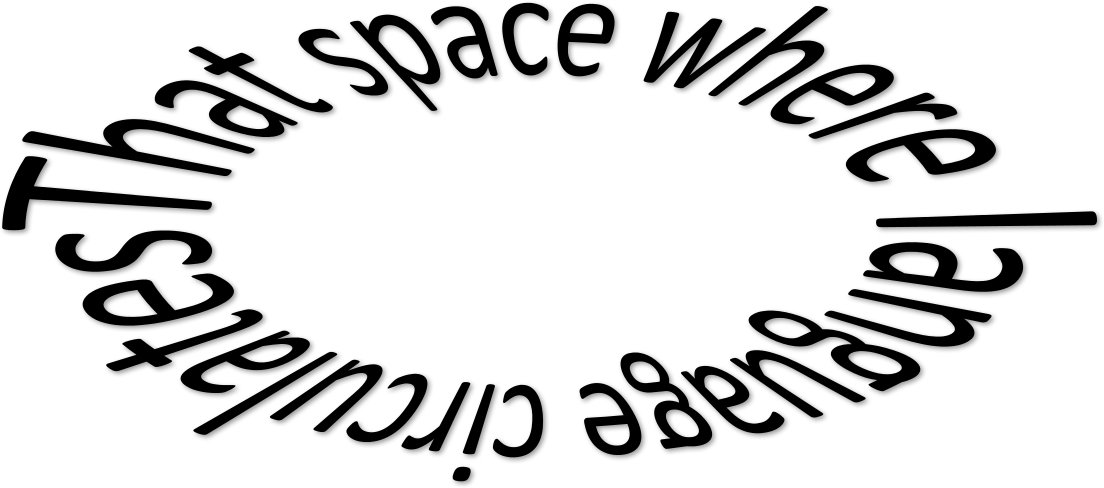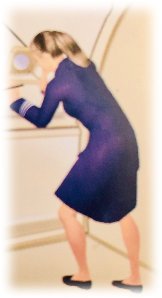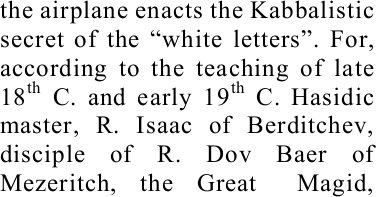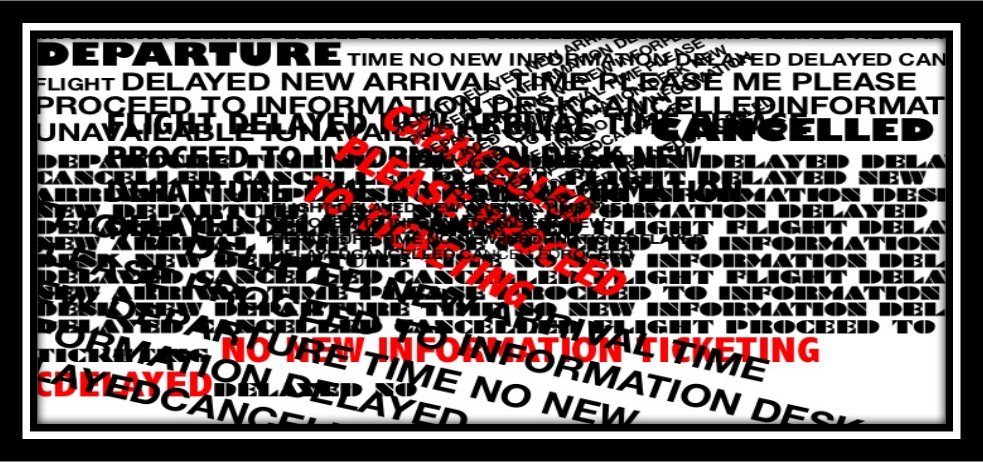Notes
1. According to the DEC, the letters, I, O, Q, S, or Z must be avoided. The remaining letters are called the DEC alphabet.
Occasionally, aircraft with a seating structure of 2+2 may letter the seats as "ACDF" to keep with the standard of A/F being window and C/D being aisle on short-haul aircraft (which generally have 3+3 seats). If the economy cabin is ten across, labeled ABC-DEFG-HJK, the Business Class cabin is often labeled AC-DG-HK for a six across layout, with A-DG-K for a four across First Class. A notable exception is Delta Air Lines, who uses sequential letters regardless of cabin layout on all aircraft (AB-CD-EF in Business Class and ABC-DEF-GHJ in Economy).
Some airlines omit the row number 13, reputedly because of a widespread superstition that the number is unlucky. This is the case with Lufthansa, for example (as shown on the Lufthansa A321/100 seating plan). Emirates used to have a row 13, but on their latest A380 aircraft have removed it (as shown on Emirates A380-800 seating plan). British Airways is less superstitious.
2. Heidegger, Principle of Reason, pp.88-90.
3. Marshall McLuhan, Letter to Ezra Pound. This formulation became the tetrad; the model of laws with which to study media scientifically.
4. Sefer Yetzirah. Originially in blue print, as according to Kabbalistic thinking, the letters are the blueprint for the universe. According to Psalm 104, the letters of the Hebrew alphabet for the "creation" were used as the builder uses his actual bricks in the construction of his building.
5. And though it is called “the closing of the gates”, the Ark (which contains the Scrolled Torah) remains open for the entire service signifying that the gates of heaven are wide open to prayers and entreaties. And like Noah’s Ark, the language of the Torah signifies a means of safety and escape. Arced like the airplane itself. Also transliterated through Hebrew, gate (get) means divorce – as we divorce ourselves through one plane of being into another.
6. See Sefer Yetzirah, 2:2. Wesier Edition, Trans. Aryeh Kaplan, San Francisco, 1997.
7. Elliot R. Wolfson, Heidegger and Kabblalah: Hidden Gnosis and the Path of Poiesis, Indiana University Press, 20919, p.5.
8. Like how for Derrida, “I try and distinguish between what one calls the Future and “l’avenir” [the ‘to come]. The future is that which – tomorrow, later, next century – will be. There is a future which is predictable, programmed, scheduled, foreseeable. But there is a future, l’avenir (to come) which refers to someone who comes whose arrival is totally unexpected. For me, that is the real future. That which is totally unpredictable. The Other who comes without my being able to anticipate their arrival. So if there is a real future, beyond the other known future, it is l’avenir in that it is the coming of the Other when I am completely unable to foresee their arrival.” Like Benjamin’s, “Jetztzeit” (now-time) outlined in his ‘Theses on the Philosophy of History’, a notion of time that is ripe with revolutionary possibility; time that has been detached from the continuum of history; poised, filled with energy, ready to leap into an ever-becoming future. Both speaking to the equiprimordiality of past, present, future.
9. Most airplanes have four door entrances / exits and two window exits (762, 737- 100/200/300/500/600/700 + Airbus 318/319 jets), and tiny holes called “bleed holes” in the bottom of the middle pane of each window which releases moisture and balances pressure.
www.alligatorzine.be | © alligator
